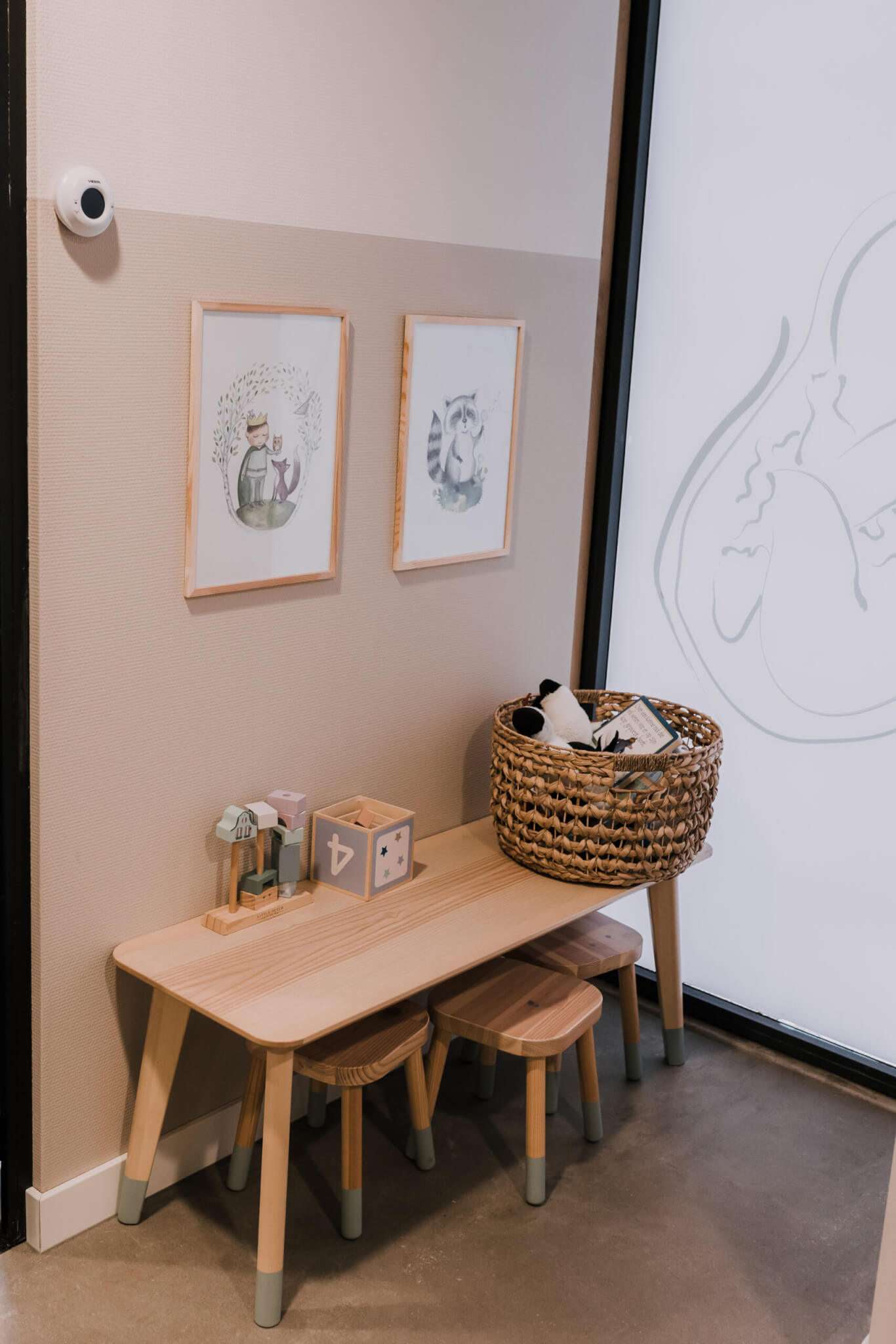Pain relief
Childbirth is always accompanied by pain. Nobody can ignore that. The perception of pain during childbirth varies per person and even per delivery. So no one can accurately predict how much pain you will have and how you can best deal with it. During pregnancy, it is important to prepare well, together with us, for the unknown and unpredictability of childbirth. Providing good and sufficient information about childbirth and pain perception are important for a satisfactory delivery. Following a pregnancy course can make a good contribution to this. Refer below for more preparation, natural pain relief and pain relief through medication.
Prepare well
Read leaflets, magazines, books about giving birth. Take a pregnancy class and start practicing some breathing techniques. Good information and preparation often mean that you can relax better during childbirth. This will reduce the pain.
Natural pain relief
Your body itself produces the so-called “endorphins” that have a pain-relieving effect. This natural pain reliever can make your labor pain more bearable. Some rest and a comfortable environment accelerate the production of endorphins. In addition to the natural production of endorphins, there are also other tips and means that you can apply in every situation to better deal with the pain of labor.
Pain medication
Sometimes it happens that the pain is unbearable despite all natural pain relief attempts. Then there is an option to get medication for the pain, but you have to be in hospital first. In the hospital, they have to closely monitor your and your baby’s condition when administering pain relief.



